Church Post COVID - Part One - Lights, Camera, Action
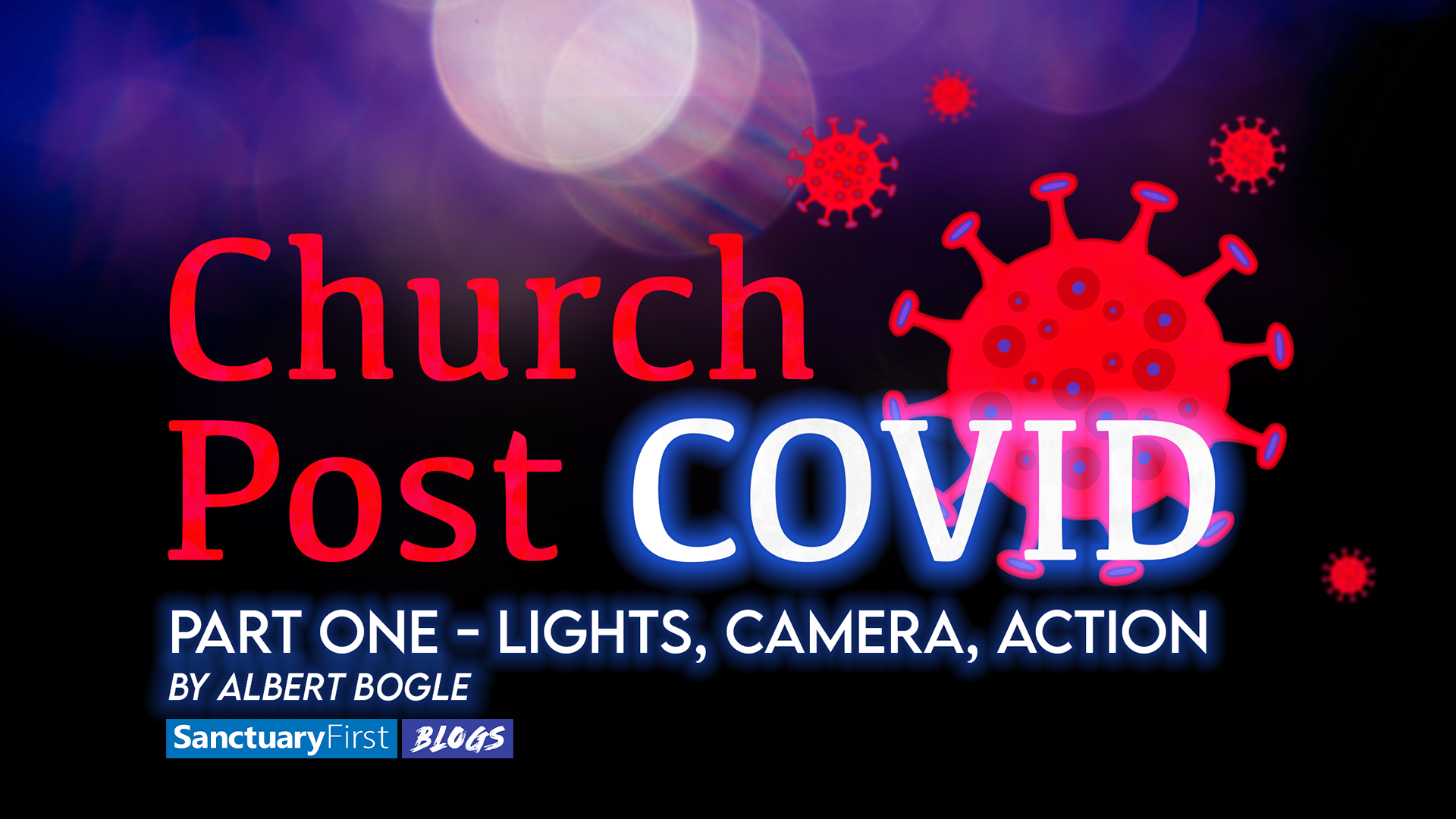
In this post and in two follow-up pieces I want to reflect upon the missional opportunities and challenges that online worship and its hybrid offshoots give Christians today. If these opportunities are to take root they need to be grasped and nurtured and funded in order that the message of the Gospel can be embraced by a more diverse audience.
The COVID crisis has brought to the forefront of my mind the realisation that no one denomination has the monopoly on Jesus. Online church has exposed a great many more people to a variety of worship styles that they might never have normally encountered. Stereotypes and prejudices have been broken down among these new online worshippers and it may end up that the returning congregations to in-person services will almost certainly be not the same congregations who were locked out at the beginning of the crisis. Some might never return but instead continue with the new patterns of Sunday worship they have embraced during 2020. This development will put huge pressure on church leaders to maintain an online presence that is relevant and connected to their in-person services. It also shines a light on the creative possibilities of engaging with digital mission tools.
If it is our intention as Christian communities to reach a new generation with the Gospel we will need skilled interpreters in digital technologies to bridge the gap between the present digital generation and the generation of gatekeepers that Len Sweet in his book calls the “Gutenbergers.” He describes the “Gutenbergers” (so named for the Gutenberg Press) as those brought up thirled to the importance of the printed text while Googlers are “digital natives”.
Digital creatives have the potential to open up a new audio and visual language for both the online and offline worshipper. Over the past 100 years movie-makers have created a new genre of art and meaning that has allowed us to explore the hidden depth of human emotion expressed in sound and image. Rather than being limited to pages of print we read and feel emotions conveyed by visual language often subconsciously at a depth beyond words.
I believe this to be an area where a great deal of pro-active research and creativity is required if we are to maintain our hybrid congregations. Digital theology is a field wide open inviting the “Gutenbergers” to dialogue with the “Googlers”. Especially if we believe the worshipping community to be a prime experience from which truth and knowledge of God is revealed to the waiting world.
Scripture itself takes on a new dimension when it is translated into the audio-visual language of sound, colour and image. Some of the most powerful parables written today explaining the theology of grace and forgiveness can be encountered through the arts. For some this has become a replacement for the moral guidance they once sought from a sermon in church on a Sunday morning.
Inviting more digital creatives to become engaged in the production of online liturgies must surely be one of the challenges as the church seeks to embrace the gifts of communication technology and the opportunities it offers to reach a generation that has allowed their identity to almost become integrated into technological communication.
Here in the Sanctuary First team we have been engaging at different levels with sound and visual language. Our back catalogue of short films, worship videos, and meditations show the extent to which we have been experimenting with and creating materials for worship. Many of these were produced to be used within the context of in-person services being streamed out online.
We realise that we are only scratching the surface of what could be if the opportunities are grasped by church leaders to work with willing creatives and to enter into the visual and sound digital reformation that is happening in the technology industry. However it is not the technology itself that is paramount — it is understanding the changes in thinking that has occurred in the present generation born after the 1980s. There is a paradigm shift required in the thinking and understanding of “Gutenbergers” to appreciate “Googlers” when it comes to mission and how we structure church in order for a new approach to be embraced in worship. I will continue to unpack these ideas in a few further posts. (Read Part 2).
Very Rev Albert Bogle




 Add to Favourites
Add to Favourites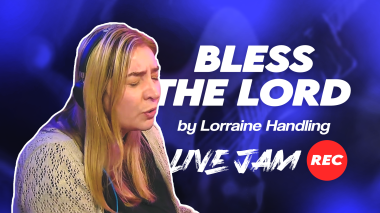

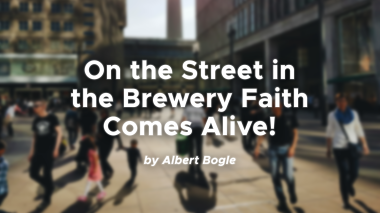
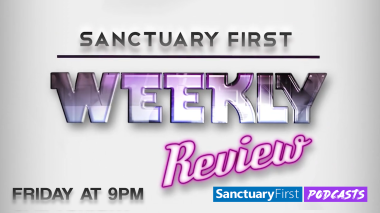

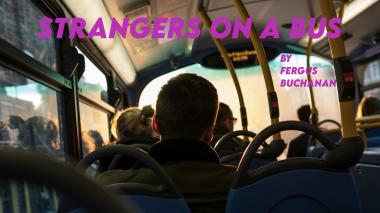

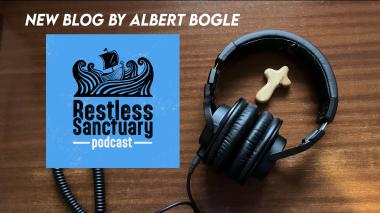
Login to comment.